The music critic Ian Penman has structured his new book about the great French composer and rascally agent provocateur Erik Satie in three parts, in the manner of classic Satie compositions such as Trois Gymnopédies, Gnossiennes and Trois morceaux en forme de poire. A hundred years after his death, aged 59, in 1925, Satie remains one of the great enigmas of 20th-century composition. A frequent visitor of Parisian cabarets, immersed in the city’s chanson tradition, his work could also be bafflingly conceptual.
He was connected to the world of classical composition through his friendships with Claude Debussy and Maurice Ravel, but remained determinately his own person. His music is regularly held up as a precursor to John Cage and to ambient electronica alike. Satie liked to structure his compositions in three parts, not because one part was a development of another, but because he could reveal three different perspectives on the same harmonic tics and melodic digressions: twice would have seemed too much like a simple variation but three was enough to let loose the idea that musical material could forever be in the process of becoming something else.
Penman’s brief book takes us around Satie’s life three times: as biographical sketch, as an essential A-Z of Satie landmarks and also as a personal diary that details the author’s findings and thoughts as he was working on his manuscript. The A-Z and diary are essentially amplifications and retreads through the basics Penman outlines in his biographical sketch – different perspectives on the same themes and obsessions. Satie would surely have approved. Although Penman makes it clear that Three Piece Suite is not a cradle-to-grave biography, his account of what made Satie stand out from the composers who surrounded him and why we should still care about his music a century later, is deftly achieved.
The heavy, Germanic seriousness of Wagner – devoid of any humor – drove Satie nuts
The book opens with a glimpse of Satie, the year before his death, goofing around on the roof of the Théâtre des Champs-Élysées on a shoot for his nonsense film Entr’acte in the company of the filmmaker/writer René Clair and the Dada-minded polymath visual artist Francis Picabia. So much of the Satie story – including a doomed love affair with the painter Suzanne Valadon from which his emotions never recovered and his long, lonely walks through Paris – reads like a desperately sad study in frustration. It’s heartening to be reminded that he also had fun. Satie dances and pratfalls in front of the camera and Penman places the film in the great tradition of fooling around from the Situationists to Spike Milligan, Monty Python and punk.
Penman is a British author who found his voice as a writer while working for the New Musical Express during the late 1970s before gravitating toward publications like the experimental British music magazine the Wire and the London Review of Books. There, he despatched columns about music of all stripes and shades from jazz, rock and electronic music and also film (his previous book was a study of German filmmaker Rainer Werner Fassbinder), which means he approaches Satie with antennae entirely distinct from any specialist classical music writer.
Indeed, he tells us that he finds current Satie biography “useful, especially the musicological small print,” but the “mere stock-taking” of the classically-minded biographer means that the “essential strangeness of Satie’s life feels entirely absent.” The word Penman returns to repeatedly in his quest for the spirit of Satie is “blague,” – joke – which he introduces as a concept during his biographical sketch and then circles back to, taking a fresh perspective, in his A-Z. He concedes this is a word for which a direct equivalent in English does not exist. Literally meaning “joker,” a “blagueur” was regarded in turn-of-the-century Paris as someone who delighted in trampling over self-regarding ego and bourgeois convention.
Satie’s “sly, puckish wit” extended to creating a music-drama, Le bâtard de Tristan, in 1892, for which a concept existed and was announced to the public, but with one aspect missing – Satie never wrote a note of its music. Satie’s loathing of Richard Wagner and of the toxicity of his influence on French music knew no limits. The heavy, Germanic seriousness of Wagner – devoid of humor and the realization that setting German myths to music, complete with mammoth orchestra, was, if you think about it, an odd thing to do – drove Satie nuts.
It was enough to end his close association with Debussy after Satie felt his friend’s large-scale opera – Pelléas et Mélisande – had skirted uncomfortably close to Wagnerian ambition. Debussy, in return, advised Satie refocused on questions of form in his music, to which Satie responded with his Trois morceaux en forme de poire (Three pieces in the shape of a pear), because music shaped “as a pear” obviously had intrinsic form… right? Although, as Penman points out, “poire” was also slang of the period for “fathead.”
Penman is wholly sympathetic to Satie’s analysis of Wagner’s operas as overcooked and distastefully bombastic: music marinated in testosterone. Classical purists are likely to take offense at such a view, damn Satie as a “maverick,” as too eccentric for his own good and as a poor creative cousin of the more musically “responsible” Ravel, Debussy and Milhaud. Penman begs to differ and regards Satie as the essential catalyst for so much of the later 20th-century art he admires.
Satie’s world, says Penman, was “un-epic” and “slower and differently noisy” from life as most composers perceived it. The silliness of the Entr’acte film shoot, six months before his death, exists in notable contrast to his life otherwise. His affair with Suzanne Valadon ended after a few months, mainly because Satie’s obsessive tendencies pushed her away. The lovesick piece he wrote in the aftermath of their breakup, Vexations, was suitably tortured but in a way only Satie could have conceived of.
Twisting and distending a simple chorale-like statement while managing to retain its essential beauty, he added the suggestion to the score that his chorale could be repeated 840 times, which, if taken literally, would add up to a playing time of some 18 hours. Satie was apparently determined to drag the listener inside his own fracturing, compulsive mind.
Even Satie aficionados will have much to learn from this slim, elegantly written and revelatory volume
Penman speculates about the nature of the intimate relationship Satie may or may not have shared with Valadon. The notion that, before their falling out, Satie had a crush on Debussy strikes Penman as unlikely, but was he “unisexual” (as in “just the once: with Valadon”) or, perhaps, asexual? Penman settles on the word “Satie-sexual,” meaning that he was sexual, but in a way beyond our modern comprehension, which feels compatible with a composer who was also uniquely ahistorical. There’s a sense of the erotic, too, in Penman’s idea that Satie’s music consisted of “carefully chosen notes that sound like they were always there, waiting to be touched and awakened.”
For all his personal unhappiness, he was an inadvertent innovator. The carefully manufactured image Satie cultivated – always wearing a green velvet suit and carrying an umbrella, no matter what the weather – puts Penman in mind of the carefully calibrated look of the suited-and-booted members of the German electronic band Kraftwerk.
The pieces Satie wrote, beginning in 1917, that he termed “furniture music” – instrumental works designed to dissolve into the surrounding ambience of a space – feel like the starting point of John Cage’s 4’33”, and also herald the ambient electronic soundscapes of Brian Eno, music Penman describes as having “no separation of background and foreground.”
Inside the glassy beauty of Satie’s harmonies Penman detects the stirrings of the formal ordering of notes characteristic of his favorite jazz pianist Bill Evans, whereas even a few bars of Satie are like “someone cut away all the faff and bore and chaff and chore and ego moan of Keith Jarrett’s The Köln Concert.”
Penman was put off classical music during his youth by “the ‘pomp’ of Holst, Tchaikovsky and Wagner,” and “puffed-up symphonies and self-important concertos,” enabled by “sweaty drama-queen conductors.” Modernist music, he declares – presumably referring to urban soundscapes typified by the scores of Edgard Varèse and Elliott Carter – was too ready to paint cities as places of “violent cacophony [and] oppressive dissonance… no one seems to want to entertain the notion that it might also be enormous fun.”
Penman hears Satie’s “economy, élan, humor… a small, canny, playful alternative to Sturm und Drang” as a corrective to the leering high-rise orchestral screech. His sweeping dismissal of so much music feels, perhaps, a tad overcooked itself, but the descriptive skills Penman brings to outlining his dialogue with Satie suggests how deeply the two are kindred spirits. Even Satie aficionados will have much to learn from this slim, elegantly written and revelatory volume.
This article was originally published in The Spectator’s July 2025 World edition.














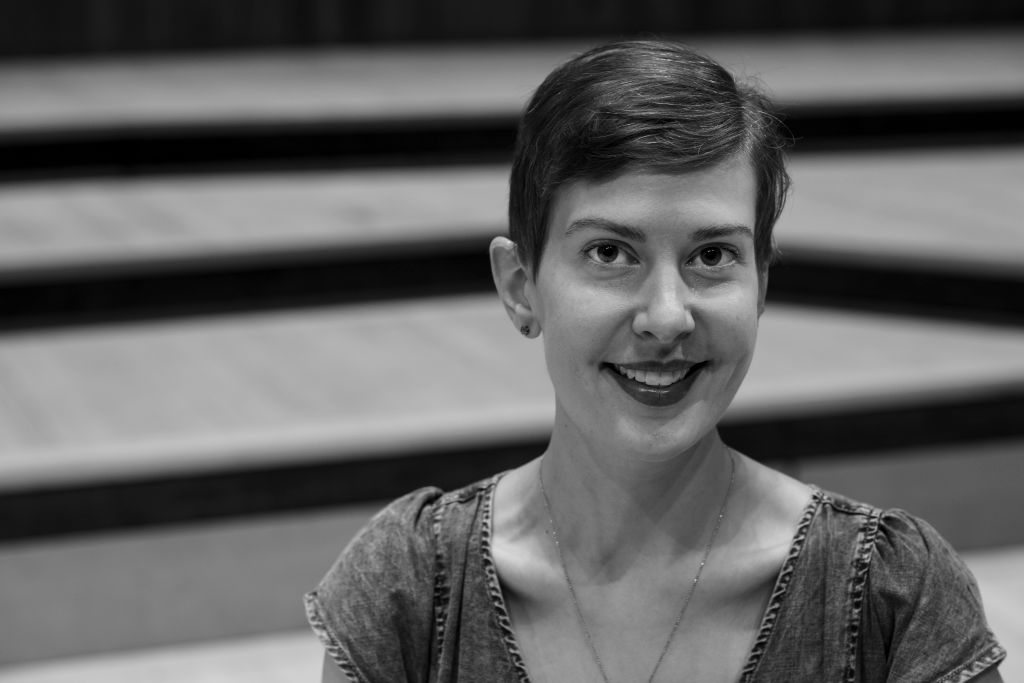
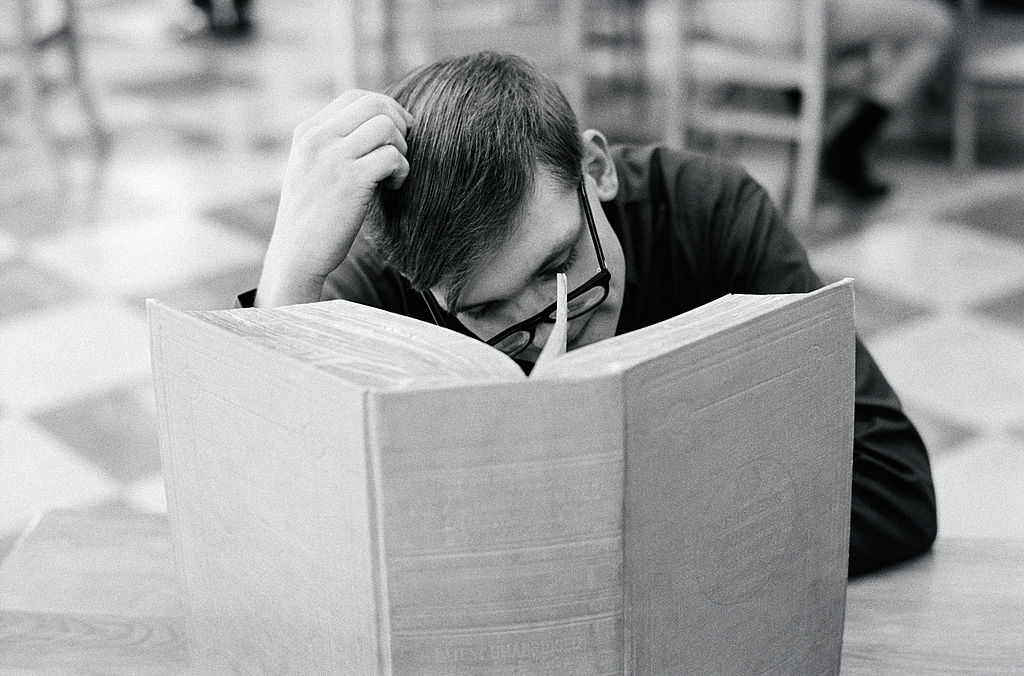

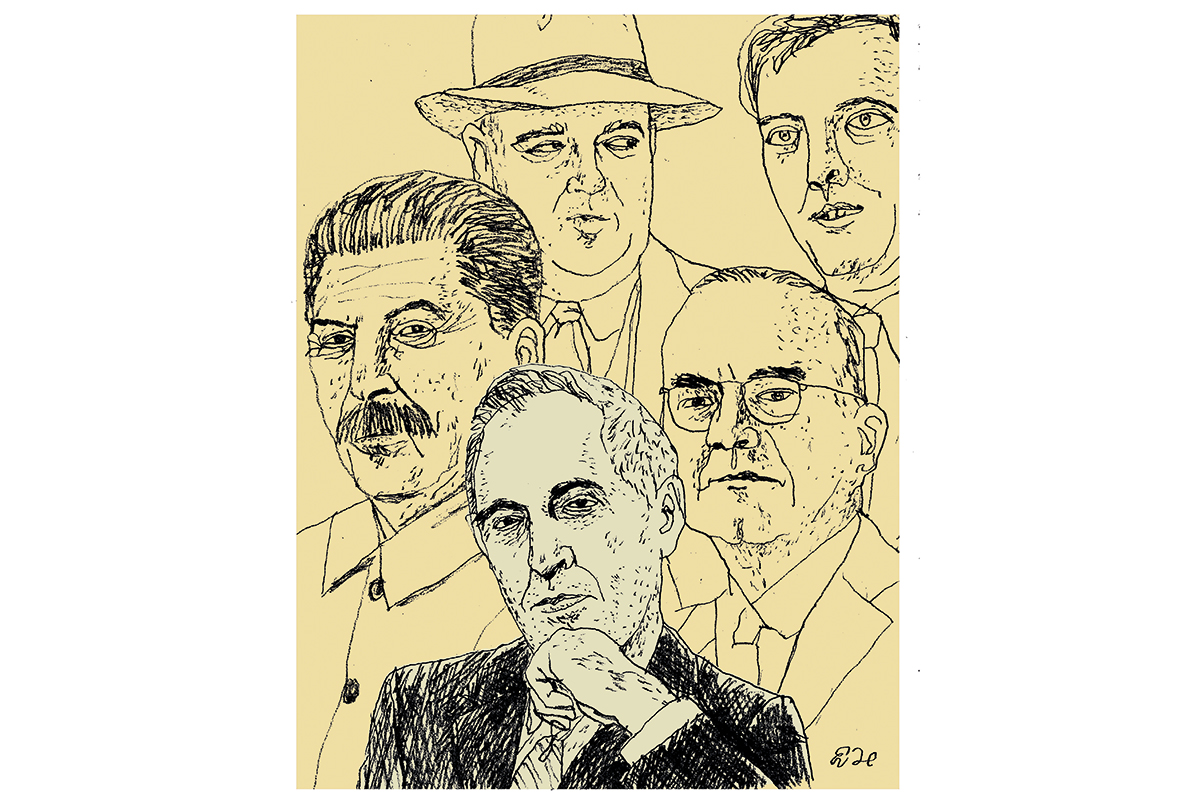
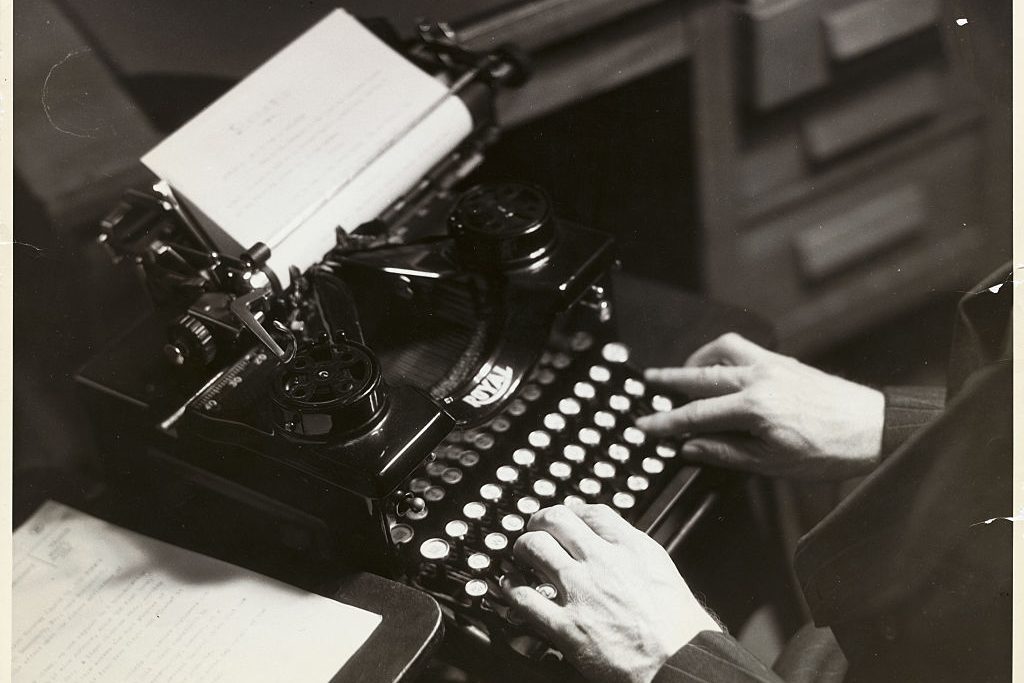




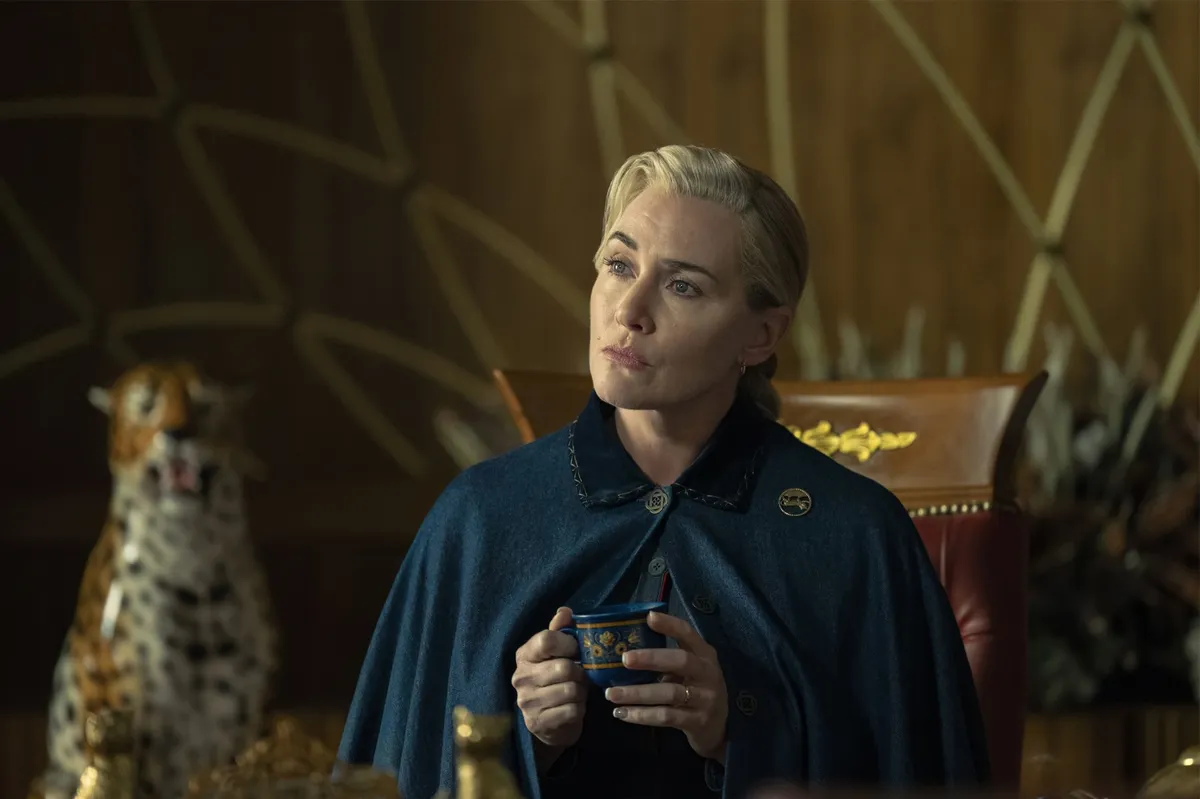


Leave a Reply